Last Updated
Los Cabos’ high season usually begins in December and ends in February.
This is due to several factors, such as the great weather conditions, giving tourists the possibility to carry out all sorts of exciting outdoor activities.

These months are also the ideal time to book a whale-watching tour. These gentle giants usually approach the coasts of Baja California Sur in early December and then leave again in mid-April.
It’s estimated that thousands of visitors every year opt for this activity, but unfortunately, not everyone is aware of the rules that must be followed in order to protect these majestic animals.
What happened?
A few days ago, a photo showing an adult helping his child touch a nearby whale suddenly spread through the internet, causing indignation.
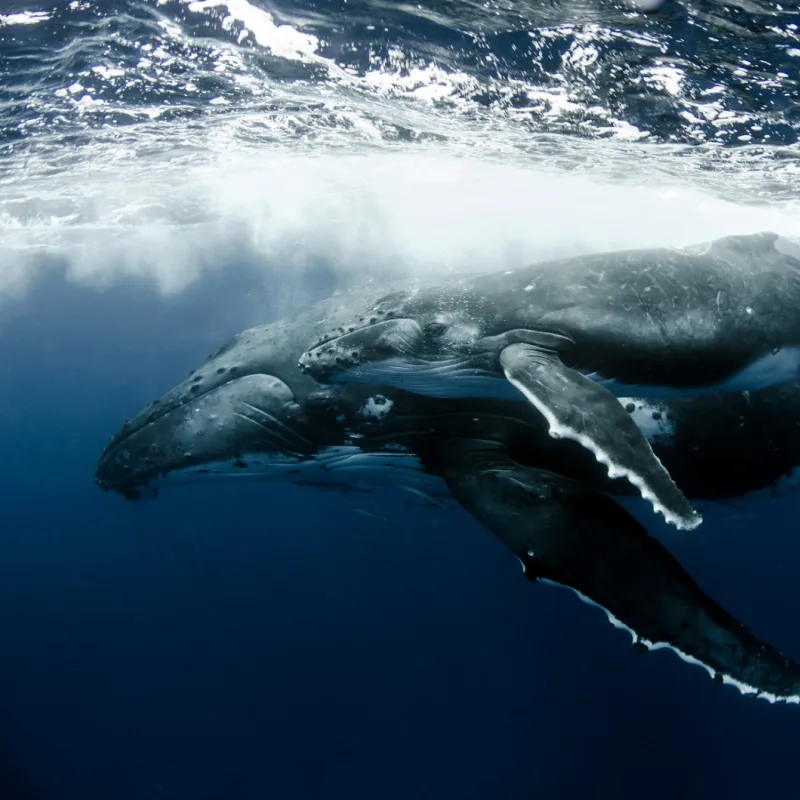
Internet users had contrasting opinions regarding the event. While some believed there was nothing wrong with the parent’s behavior, others stressed the importance of avoiding contact with whales to protect this endangered species.
But what do the authorities have to say about this?
Rules to follow on your whale watching tour
In a recent statement, Francisco Gómez, the Executive Director of the Museum of Whale and Marine Sciences, reminded everyone of the existence of a so-called ‘Official Mexican Standard NOM-131-Semarnat-2010’.
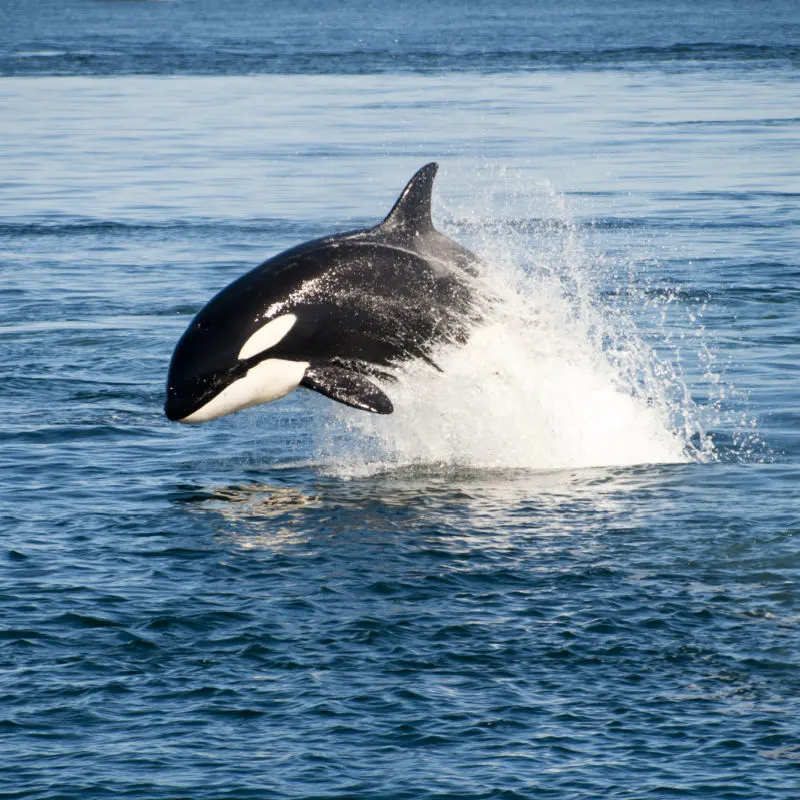
This document establishes the rules that need to be followed by everyone booking a whale-watching tour in order to protect these animals.
According to this document, everyone is prohibited from touching the whales at all times. This rule was established to prevent these animals from feeling harassed by human presence, which may lead to a change in their natural behavior.
Apart from this basic rule, the Official Mexican Standard NOM-131-Semarnat-2010 prohibits people from harming or harassing whales in any other way. This includes obstructing their course, getting in between a mother and her calf, and approaching them while they are giving birth or mating.
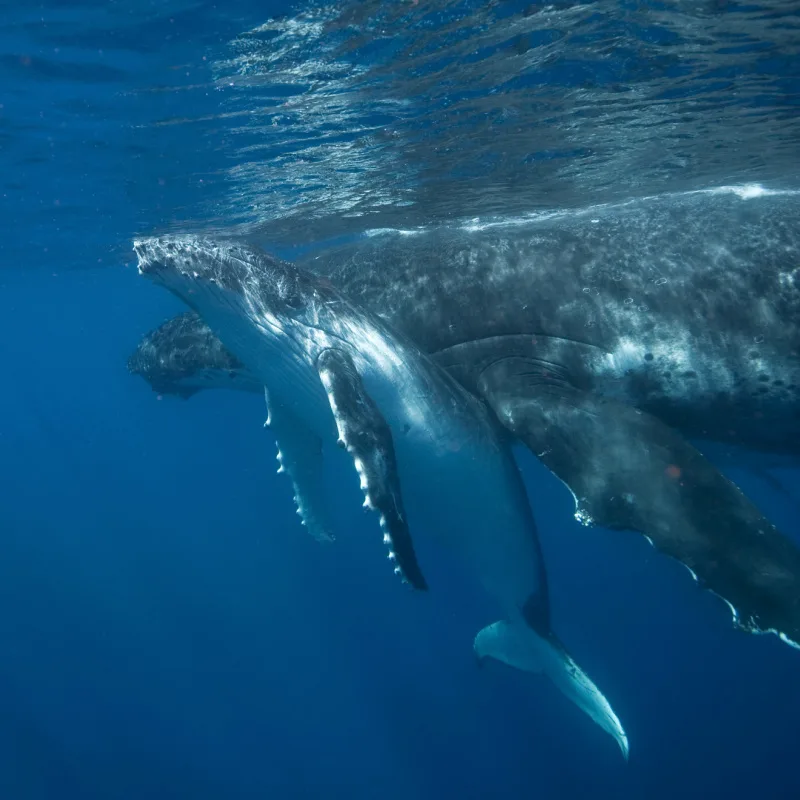
Additionally, people are not allowed to disperse any sort of garbage, including fuel and oils, in the ocean, collect flora and fauna specimens found in the water, and feed the whales.
Everyone should be following these basic rules to make sure these animals will return to the coasts of Baja California Sur year after year, instead of starting to avoid this area due to the human presence.
What else do people booking a whale-watching tour need to know?
Apart from the rules highlighted above, there are a few things tourists should keep in mind when booking a whale-watching tour in Baja California Sur.
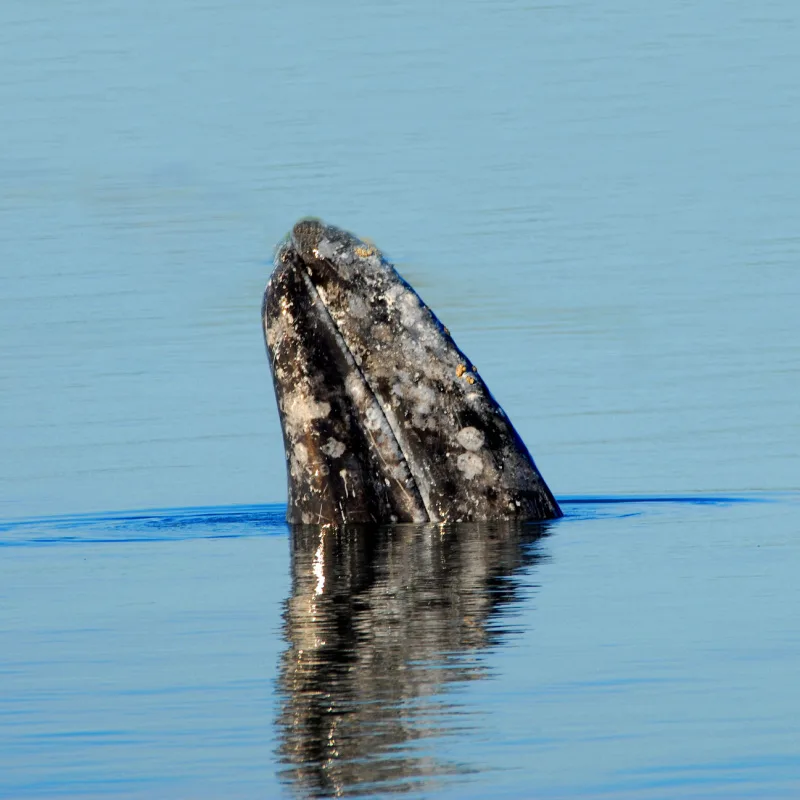
First and foremost, if you want to see these majestic animals, this is the time to book your Los Cabos holiday!
Whales arrive in Baja California Sur in early December and leave in mid-April, but the peak season lasts from January to March. This means that right now, you will have the best chance of seeing these gigantic mammals in their natural habitat.
In particular, late February to March are the best months to spot humpback whale calves. Visitors should also keep in mind that there are several types of whale-watching tours available in the area.
For instance, you can book a tour aboard a luxury catamaran for an opulent adventure. Most of these operators have open bars on board to make your excursion even more unique.
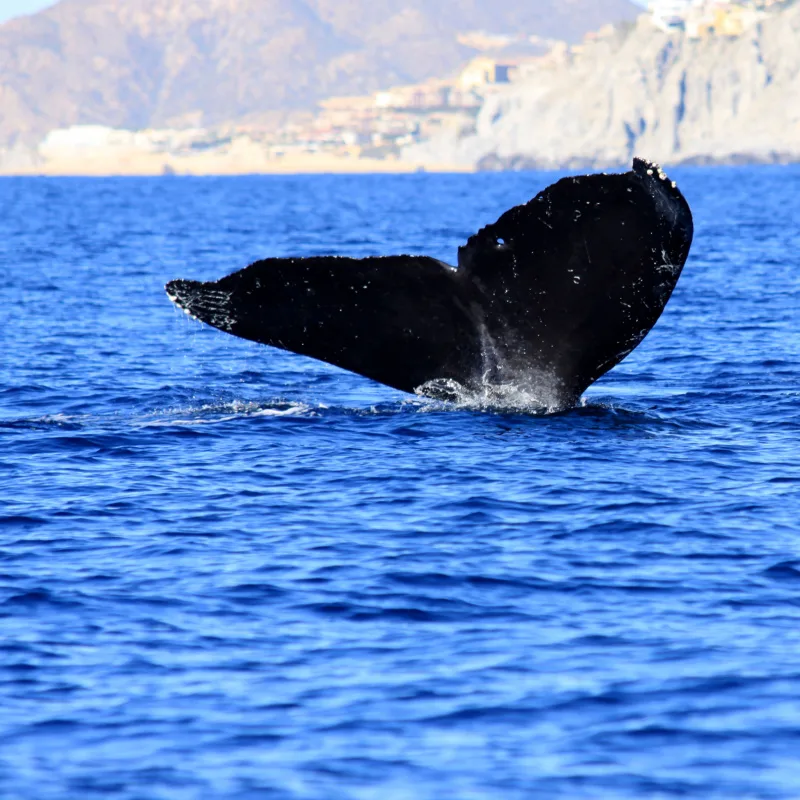
Alternatively, you can opt for a sailing excursion, which gives you the chance to see whales from a closer distance.
Prices can vary a lot, ranging from $100 for a basic tour to $400 for a private experience. But what type of whales can you expect to see on your trip?
The coasts of Baja California Sur welcome all types of species, giving you the chance to spot a vast variety of whales. In particular, humpback whales, gray whales, and killer whales are often seen swimming in these waters.
Humpback whales are probably easier to spot. Encountering these animals is a one-in-a-lifetime experience as, as their name suggests, they are known for jumping out of the water in a spectacular display.
Plan Your Next Cabo Vacation:
Traveler Alert: Don’t Forget Travel Insurance For Your Next Trip!
Choose From Thousands of Cabo Hotels, Resorts and Hostels with Free Cancellation On Most Properties
↓ Join The Community ↓
The Cabo Sun Community FB group has all the latest travel news, conversations and current events happening in Los Cabos

Subscribe to our Latest Posts
Enter your email address to subscribe to The Cancun Sun’s latest breaking news affecting travelers, straight to your inbox.
